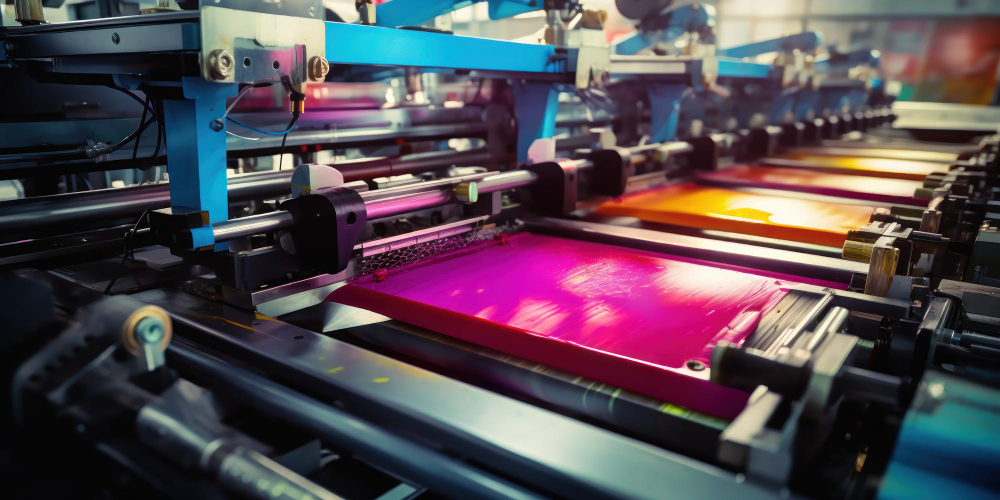
Importance of Graphic Design with CMYK
Graphic design with CMYK (Cyan, Magenta, Yellow, Black) is essential for producing high-quality printed materials. Unlike RGB, which is used for screens, CMYK ensures accurate color reproduction in physical prints. It provides consistent print quality, making brochures, business cards, and posters appear vibrant and sharp.
Using CMYK allows for precise color control, as designers can adjust ink percentages to create specific shades and gradients. This accuracy is vital for maintaining brand consistency, ensuring logos and marketing materials look the same across different print runs.
CMYK-based design also prevents color discrepancies between digital previews and final prints. By working directly in CMYK, designers avoid unexpected color shifts, ensuring the printed result matches their vision.
Moreover, it enhances cost-effective printing by reducing ink waste and streamlining the production process. With CMYK, printers achieve efficient color layering, minimizing errors and ensuring clean, professional output.
For marketing, CMYK ensures crisp, eye-catching visuals, making promotional materials stand out. It also plays a key role in packaging design, where consistent colors build brand recognition.
Overall, CMYK is essential in graphic design for delivering visually appealing, accurate, and professional-quality printed materials.

